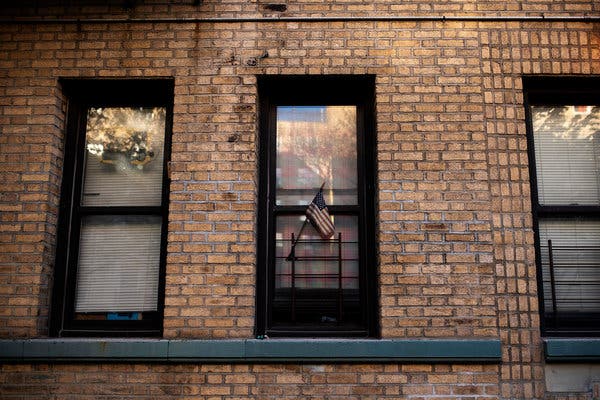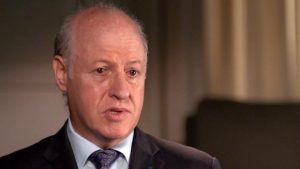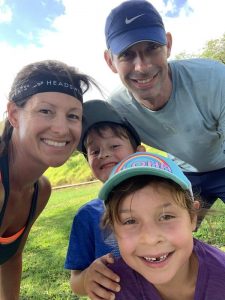It turns out that New York does sleep, or, at least, that it can be induced to. Through the collective efforts of its people, its racing pulse has been slowed to a deep, muffled beat, one they strain to hear as they walk by padlocked playgrounds, down emptied streets.
With other diversions closed off to them, rich and poor pass in Central Park, masked and more strange to one another than ever, yet also with more in common, given the tough new adversary they share. Along the southern edge of the park — Billionaire’s Row, it’s called — the unfinished luxury towers jabbing at the sky seem less like middle fingers raised to those who can’t ever hope to live in them than like decaying monuments of another age.
That’s silly, of course. The buildings will be finished — construction has already started up again across the city. Wealthy people will move in. The masks will also come off one day. And then maybe New Yorkers will recognize, in one another, something new.
It’s a dark hour for American cities, but the only road to a more just and successful society runs through them, and crises like this have transformed them for the better before. Central Park itself sprang from an effort to combat disease, out of a 19th-century belief that fresh air would prevent malaria. Now, in the depths of this pandemic, the public square in many cities is expanding, as streets close to cars and open to walkers.
America’s cities may have been prospering before the pandemic hit, but they were failing, too, as the lead editorial in this second chapter of our The America We Need series explains. For all the bigotry and other cruelties they indulged, these cities also fostered invention and progress — in literature, music, art, food, science, business — by stirring together vast numbers of people from different cultures and classes. But over the decades, affluent residents have clustered within their own neighborhoods, with their own schools and services, leaving poor neighborhoods to wither.
A baby born in one neighborhood in Chicago, the editorial reports, is now expected to die 30 years sooner than a baby born in a wealthier neighborhood just eight miles to the north. In America, a baby’s ZIP code has become a kind of prophecy.
“My students do not normally advance beyond where they were born,” Amir Tehari, a high-school teacher in Sacramento, said in response to questions that Times Opinion asked teachers across the country. “The story of ZIP codes is a story of dreams stolen away from children.”
Our editorial lays out some big ideas for restoring the promise of American cities. In coming days, through charts, texts and photos, we will explore other dimensions of city life — from public schools to the design of public space to homelessness — and propose further solutions.
As our contributing writer Annalee Newitz writes, as far back as the Bronze Age, radical inequality evidently brought once-powerful cities to their knees. But there’s good news, too: Humans have learned a few things across the millenniums. It’s within our power to save the American city so that it works for all its residents, and, in doing so, advances civilization itself.
The Times is committed to publishing a diversity of letters to the editor. We’d like to hear what you think about this or any of our articles. Here are some tips. And here’s our email: [email protected].
Follow The New York Times Opinion section on Facebook, Twitter (@NYTopinion) and Instagram.























